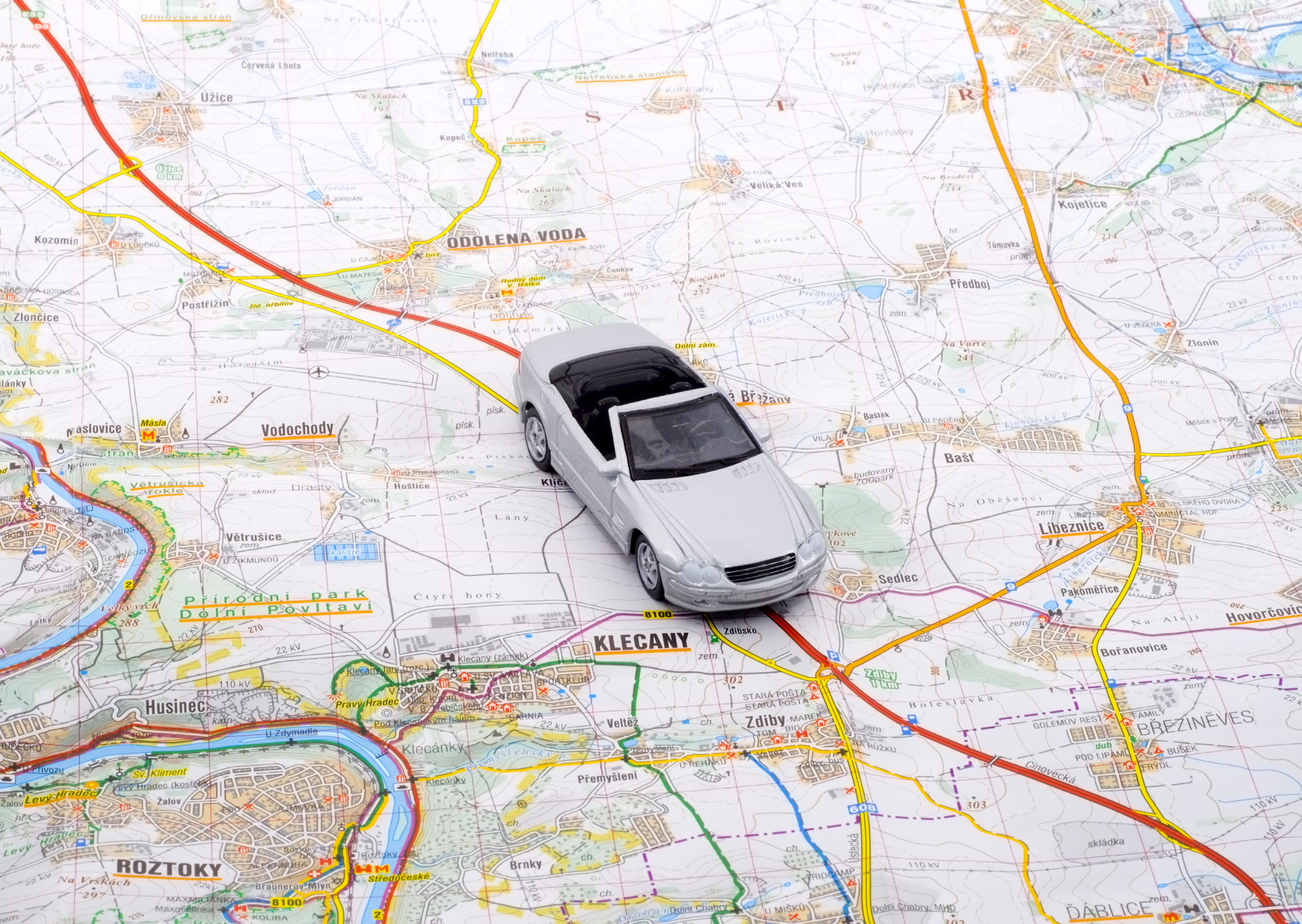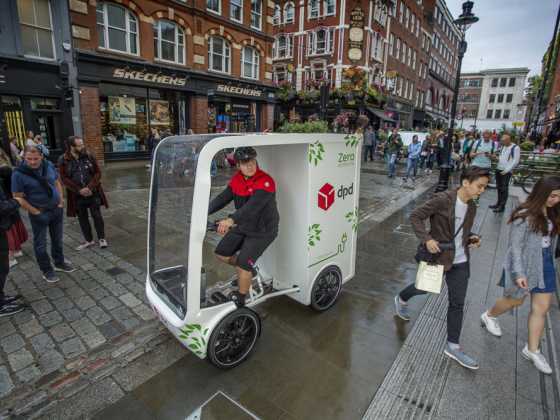Transformation in the mobility service ecosystem

The transformation of fleet ownership to user-ship was the first wave in the mobility service evolution. The industry is now at the cusp of the second wave, where mobility is being transformed into an integrated service offering. Abishek Narayanan from Frost & Sullivan reports
The fleet vehicle leasing industry has come a long way, starting from a strategic move by OEMs to offload surplus inventory to what it is now a full-service leasing solution. During its evolution, the industry has given way to varied segments of service providers, such as independent leasing companies, OEM captives, and other indirect channels of brokers and dealers.
From a user perspective, fleet customers have largely moved away from owning cars for their mobility needs to using mobility services that enable them to do away with the responsibility of asset ownership. The transformation of fleet ownership to user-ship was the first wave in the mobility service evolution. The industry is now at the cusp of the second wave, where mobility service is being transformed into an integrated service offering rather than a standalone offer served by a single service provider.
The fleet vehicle leasing industry
Leasing is a predominant financing method used by company car fleets in the European market, which has an estimated market size of 13.3 million units for the year ending 2017. This accounts for 28.5 per cent of the total fleet’s vehicle in operation.
Of various leasing products, operational leasing or full-service leasing is the most popular option, as it provides utmost flexibility in vehicle usage.
Operational leasing accounts for 18.5 per cent of the total fleet vehicle parc, while financial leasing takes 9.9 per cent. Highly developed markets comprise 66.6 per cent of the total leasing market in EU 26 countries.
The leasing industry is in the throes of ongoing innovation, all of which can be classified broadly as product and service innovation.
Product innovation
Much of the innovation in the product portfolio of leasing companies’ targets accommodating the following changes in consumer behaviour.
Fleet customers have transformed from paying for the asset (buying a car) to paying for the duration of contract (leasing) which also includes depreciation. It is now progressing towards paying for usage‑only based on miles.
Mobility for business travel needs or commuting to work are the dominant customer segments, compared to leisure and tourism segments. New mobility solutions (to serve the corporate segment) include corporate car sharing, and last mile shuttle service.
The need of customers is primarily to have a comfortable mobility service; they are not largely concerned about how or by what mode they commute. Time of travel is no longer a constraint, as with Internet connectivity being ubiquitous, commuters can utilise the time to catch up with work (integrated mobility and multi modal transport).
Autonomous cars are garnering a lot of interest from the industry, especially from OEMs and technology giants, and are likely to be a reality in the next decade. However, achieving affordable pricing will be crucial for mass market application. For example, Volvo’s XC90 to be delivered to Uber for a pilot, costs €60,000. Hence, consumers will prefer to lease the car or avail other mobility services such as a “robo taxi” or ride sharing.
These factors while not exhaustive have opened avenues for companies and prospective start-ups to innovate new mobility solutions, modify existing solutions and combine multiple solutions for greater synergy. Examples of this include fractional leasing in the United Kingdom, cash in lieu of company cars in Belgium and the United Kingdom, and floating car‑sharing services in Brussels, Belgium.
This product innovation is happening at a rapid rate especially in countries such as Belgium, Netherlands, and the United Kingdom, because these countries often serve as test ground for piloting new mobility solutions. Once a new mobility solution finds success or is at least deemed viable, it is adopted in other regions. LeasePlan’s “SwopCar” service, for example, includes features from operational lease and corporate car sharing and was piloted in the Netherlands, Luxembourg, and is now being gradually rolled out globally.
Fractional leasing
Leasing a luxury car is still expensive for non‑affluent consumers because it depreciates faster and monthly payments are not justifiable considering low asset utilisation rates. Hence, consumers seek a mobility solution that can provide a luxury car at an affordable price only for the usage period. Fractional leasing or shared leasing addresses this need by allowing for a car‑sharing model between multiple consumers.
Based on usage needs, the lessor forms a group of three to four customers through an app. Over the lease period (say one year), the group can mutually decide on the number of weeks they require the car and then book the slots. They can even swap or trade their slots and will be charged accordingly.
Fractional leasing is in a nascent stage with rather minor penetration. Orto in the UK has 300 cars on the road with 1,200 total customers. This type of subscription‑based leasing service is expected to become a specific industry segment. Although this model of leasing started with the luxury car segment, it is already beginning to experience adoption in the non-premium segment as well.
Private leasing
Until recently, individual ownership of a car was a statement and a personal affirmation; it was more than a means of commuting. In Europe, owning a vehicle became far less important than the ability to just use one. During the economic crisis in 2008–2009, the automotive market was adversely impacted in terms of demand.
Consumer dialogue began to be directed towards the evil of excess consumption and buying more than was needed. At the same time, the opportunity for lending, leasing services/goods did not seem to be such an abstract concept anymore. What was once a US-specific service started to become a more prevalent concept in Europe as well. OEMs dominate this section, and independent leasing companies are aggressively eyeing this segment of market. Although far from maturity (3.7 million active contracts), private lease growth is rapid in Dutch and Nordic regions; it will soon expand to other European regions as well. In terms of new contracts sold, 2017 estimates could reach 1.6 million contracts, which is 8.0 per cent of total car registration and 18.1 per cent of total retail registration in Europe. Private leasing is expected to continue its growth and expand in more countries in Europe. Frost & Sullivan’s Fleet and Leasing Research team anticipates that private leasing will achieve sales of 2.1 million contracts (9.1 per cent of total new registration) and a market penetration of 4.6 million active contracts by 2021.
Mobility Budget
Mobility budgets are increasing in popularity in Western European cities, which are adopting stringent regulations towards reducing pollution and heavy traffic. Implemented in Belgium, the benefits include flexibility for employees, hassle free options for employers, and reduction in company car fleets (which are major causes of pollution). The Belgian government introduced the “Cash for Car” plan where employees surrender their company car benefits in return for cash payments that are taxed at a percentage lesser than their salary; the beneficiary is then required to spend these funds only on mobility solutions. This measure is to be implemented over the year 2018 and will be evaluated at the start of 2019.
Countries with a big fleet of company cars, such as France (3.6 million company car parc), require such mobility plans from all companies with more than 100 employees. Although not necessarily stringent, such plans will help build awareness of this new solution. It is expected that in the light of all the regulations hitting the market, such as a complete ban of diesel engines in Europe by 2040 and the ultra‑low emission zone in the United Kingdom by 2019, mobility budgets are expected to only receive greater attention in the future.
In addition, rise in mobility budgets is expected to spur the growth of private leasing, as by providing a cash reimbursement in lieu of company car services, employees have the flexibility to choose from wider span of models and attractive offers. Other products that can replace a company car service include salary sacrifice schemes, corporate car sharing, cash/car allowance, affinity schemes, and novated leases.
Connected fleets
Connectivity in fleet vehicles is undergoing a transformation from being an aftermarket solution where the likes of TomTom Telematics and RAC Monitoring provide separate hardware to OEMs themselves fitting telematics boxes as a default feature.
On the software front, service providers are becoming hardware agnostic and can connect regardless of make/model to provide connectivity services. This transformation gives OEMs greater control over the fleet vehicles to enhance aftersales service chains’ demand comprising of roadside assistance, periodic maintenance, breakdown service, and consumables.
In Europe, connected fleet penetration is approximately nine to 10 per cent for passenger cars and 12.7 per cent for light commercial vehicles.
There are various solution implementation methods. These include hardwiring the telematics box into the vehicle or portable plug-and-play devices connected through the OBD-II port. There are also independent smartphones that work without a connection to the car.
These solutions can help fleet managers to better monitor fleets, they can help drivers to improve driving experience and efficiency and they can help the company to effectively manage fleet management and contain costs.
Over a period, the accumulated data can be leveraged through Big Data churning tools to build actionable insights by forecasting service costs, maintenance cycles, breakdown analysis, and pricing, thereby improving the fleet efficiency a win-win for all stakeholders.
Hence, leasing and fleet management service providers are actively investing into this service segment either organically or inorganically to build their own infrastructure.
Conclusion
In conclusion, there is an ongoing rapid transformation in the mobility service ecosystem where innovation is the main
asset of companies that want to remain competitive. Simultaneously, traditional forms of financing will not disappear; however, what was once the only method in terms of financing a vehicle has now become a playground for future models, where financing is becoming an enabler for additional services, such as car sharing, ride hailing, and shared leasing to serve the final purpose: mobility. Hence, it is imminent for companies looking for a strong position in the growing mobility market to consider embracing this transformation through informed decisions, failing which will be a lost opportunity for them.






